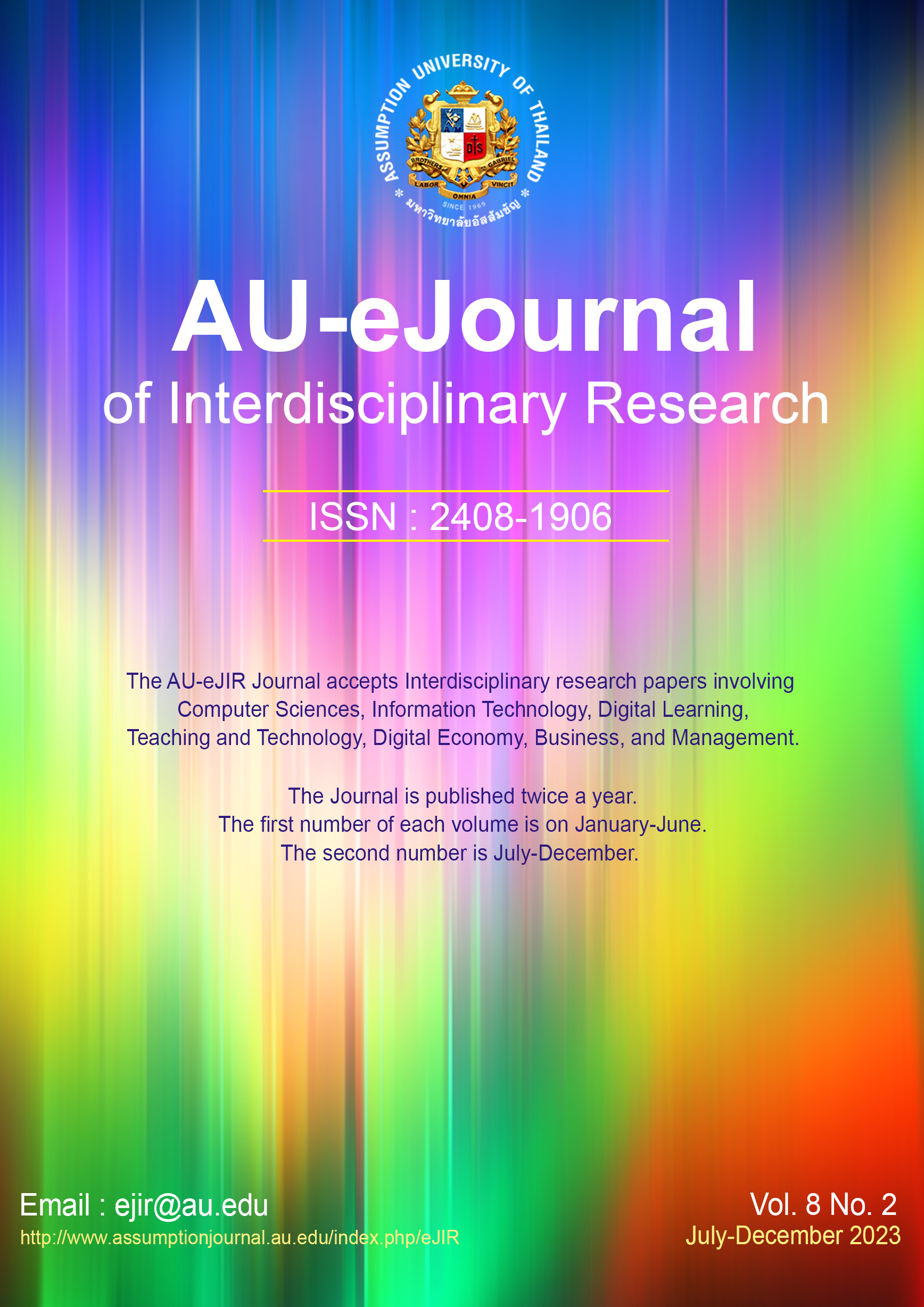The Influence of Enterprise Resource Planning (ERP) System on Customer Satisfaction
Keywords:
Customer Satisfaction, Enterprise Resource Planning, Perceived Usefulness, Service Quality, System QualityAbstract
Purpose: This study investigates the influence of Enterprise Resource Planning (ERP) systems on customer satisfaction in small-sized companies in Xinyang City, China. The research aims to identify factors affecting customer satisfaction towards ERP systems and provide suggestions for optimizing the system to improve user experience and overall competitiveness. Four hypotheses are proposed, examining the impact of information quality, system quality, service quality, and perceived usefulness on customer satisfaction. Research design, data and methodology: The research employs a questionnaire survey targeting 393 employees from 100 small companies in Xinyang City, with participants having at least one year of experience using ERP software. Multiple regression analysis is used to test the hypotheses and analyze the data collected from the questionnaires. Results: The results proved that system quality, service quality, and perceived usefulness have a statistically significant positive causal relationship with customer satisfaction while information quality does not have causal relationship. Conclusions: The findings of this study will contribute to understanding the role of ERP systems in enhancing customer satisfaction and provide valuable insights for software developers and small enterprises looking to optimize their ERP implementation.
References
Amade, B., Ogbonna, A. C., & Nkeleme, E. I. (2022). Enterprise Resource Planning (ERP) Systems: A Review of Literature. International Journal of Advanced Research in Engineering and Technology, 13(1), 47-58.
Bhirud, S., & Revatkar, M. R. (2016). ERP System Implementation for Competitive Advantage: An Exploratory Study. International Journal of Computer Applications, 149(6), 17-22.
Davis, F. D. (1989). Perceived usefulness, perceived ease of use, and user acceptance of information technology. MIS Quarterly, 13(3), 319-340.
DeLone, W. H., & McLean, E. R. (1992). Information systems success: The quest for the dependent variable. Information Systems Research, 3(1), 60-95.
DeLone, W. H., & McLean, E. R. (2003). The DeLone and McLean model of information systems success: A ten-year update. Journal of Management Information Systems, 19(4), 9-30.
Edwards, D. (2021). The impact of enterprise resource planning (ERP) system implementation on organization: Case study ERP implementation in selected organizations. International Journal of Scientific and Technology Research, 10(1), 1-18.
Fornell, C., Johnson, M. D., Anderson, E. W., Cha, J., & Bryant, B. E. (1996). The American customer satisfaction index: Nature, purpose, and findings. Journal of Marketing, 60(4), 7-18.
Hair, J. F., Black, W. C., Babin, B. J., Anderson, R. E., & Tatham, R. L. (2003). Multivariate Data Analysis (5th ed.). Prentice Hall.
Kuo, K. M., Liu, C. F., Talley, P. C., & Pan, S. Y. (2018). Strategic Improvement for Quality and Satisfaction of Hospital Information Systems. Journal of Healthcare Engineering, 2018, 1-14. http://doi.org/10.1155/2018/3689618
Markus, M. L., Axline, S., Petrie, D., & Tanis, C. (2000). Learning from adopters' experiences with ERP: problems encountered and success achieved. Journal of Information Technology, 15(4), 245-265.
Oliver, R. L. (1980). A cognitive model of the antecedents and consequences of satisfaction decisions. Journal of Marketing Research, 17(4), 460-469.
Parasuraman, A., Zeithaml, V. A., & Berry, L. L. (1985). A conceptual model of service quality and its implications for future research. Journal of Marketing, 49(4), 41-50.
Pimentel, J. L. (2010). A note on the usage of Likert Scaling for research data analysis. USM R&D Journal, 18(2), 109-112.
Pitt, L. F., Watson, R. T., & Kavan, C. B. (1995). Service quality: a measure of information systems effectiveness. MIS Quarterly, 19(2), 173-187.
Seddon, P. B. (1997). A respecification and extension of the DeLone and McLean model of IS success. Information Systems Research, 8(3), 240-253.
Venkatesh, V., & Davis, F. D. (2000). A theoretical extension of the technology acceptance model: Four longitudinal field studies. Management Science, 46(2), 186-204.
Wang, R. Y., & Strong, D. M. (1996). Beyond accuracy: What data quality means to data consumers. Journal of Management Information Systems, 12(4), 5-33.





